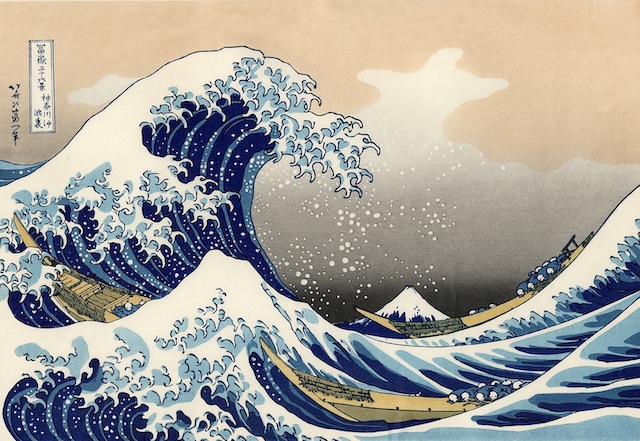
It’s really weird the things you think about and do as you reach the autumn of your years.
One of the great joys of life in Japan is the tradition of taking baths — at home, a public bath house, a hot spring resort or a fitness club. Soaking in a tub is a relaxing and refreshing experience, a habit I adopted during my early visits to Japan. Those of you who visited our former home in Gray Maine will recall the bath/shower room we built based on a modified Japanese design.
Bath time has become a time of thoughtful reflection. While my mind wanders widely as I relax in our home tub, there is one constant element of the experience as my eyes fix on a small bath-time friend, a Rubber Duckie!? I have had it for many years but can’t recall why I have it. But as this duckie prompts many powerful memories of my children I wonder if it may have been salvaged by me from the remains of my past life. Whatever its history, I am certain that its possession reflects a romantic and nostalgic desire to stay connected to my girls who were hugh Sesame Street fans.
Recently, the once silent experience has caused me to break into song, singing lyrics from “Rubber Duckie”:

You make bath time lots of fun
Rubber Duckie I’m awfully fond of you
Rubber Duckie joy of joys
When I squeeze you, you make noise
Rubber Duckie you’re my very best friend it’s true
Oh, every day when I make my way to the tubby
I find a little fellow who’s cute and yellow and chubby
Rub-a-dub-dubby
Rubber Duckie, you’re so fine
And I’m lucky that you’re mine
Rubber Duckie, I’m awfully fond of you
It is not the only Sesame Street song I sing at bath time as the repertoire now also includes “The Rainbow Connection” performed by Kermit the Frog from The Muppet Movie film. My favorite version of the song was a duet recording by Barbara Streisand and Kermit.
The song also has a special place in the Myer family history … we named our vacation home in Bethany Beach Delaware “The Rainbow Connection.” It was a dream come true!

And what do we think we might see
Someday we’ll find it
The rainbow connection
The lovers, the dreamers, and me”
BTW …. Mark your calendar, January 13 is National Rubber Duckie Day. :-)



